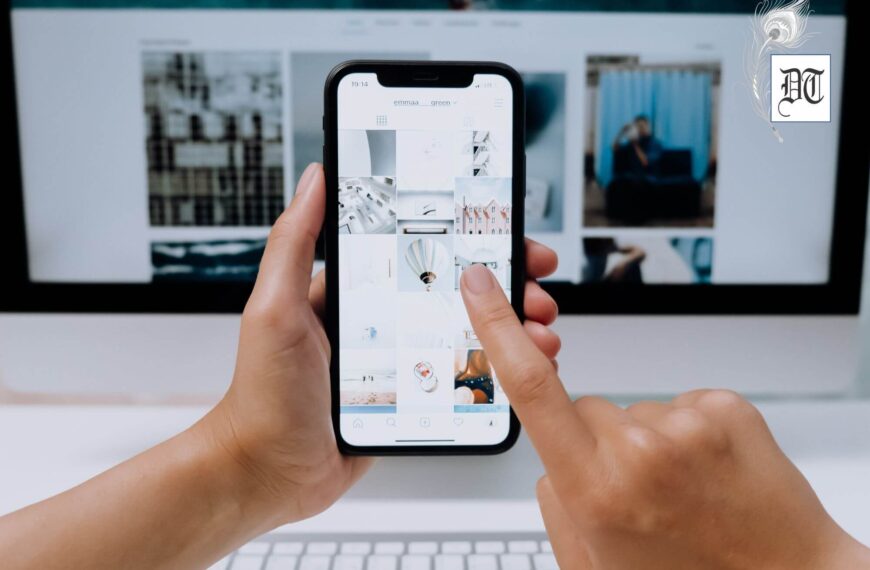The public library is one of the systems, which is supported with the tax payers’ money. The government has given the country an incredible place to read, listen and grow. Every community across the country has a public library, which carters to the likes of a child to that of an elder. There are people attached to a particular library since their infancy and still they remain frequent visitors. The ideology behind this system was to provide each and every individual the right to information, in the form of print, on the web and in any other format possible, irrespective of a person’s financial capability. Anumita tells us how the public library system works, in the weekly column, exclusively for Different Truths.
When I was getting ready to move to the United States, my husband, who was already living there, mentioned that I would love it here as there were plenty of books to read. After few days of my living in my adopted country, he took me to the Public Library in our vicinity and helped me get a library card for myself. Walking into the huge room with rows and rows of books, music and movies, I felt like a kid in a candy store. The kind lady at the counter said that I could borrow more than 20 books, 10 music CDs and 6 movies, at a time, for their respective time periods. This was the cherry on the top.
While driving back home in the car, I sheepishly asked what the price of the library card was. My husband smiled and said it was free. I was ecstatic. I knew I will never have a bore moment in my life living here.
It’s almost two decades that I have been living in this country and bringing up my family. My children, and the children in my neighborhood, all have memberships of public libraries. Schools encourage and facilitate each child, irrespective of their ethnicity or income group, to become a library card holder.
The public library is one of the systems, which is supported with the tax payers’ money. The government  has given the country an incredible place to read, listen and grow. Every community across the country has a public library, which carters to the likes of a child to that of an elder. There are people attached to a particular library since their infancy and still they remain frequent visitors.
has given the country an incredible place to read, listen and grow. Every community across the country has a public library, which carters to the likes of a child to that of an elder. There are people attached to a particular library since their infancy and still they remain frequent visitors.
The ideology behind this system was to provide each and every individual the right to information, in the form of print, on the web and in any other format possible, irrespective of a person’s financial capability. Each public library is equipped with computers, printers and scanners. A card holder can enter his/her card number and use the system. With all the helpful staff present there, anyone, who is not as tech savvy, still has the liberty to get his/her work done.
I still remember the summers when my children were younger. They would call my neighbors’ children and load up the van. I chauffeured them to the library. They would get their summer reading sheet stamped. During summer, the libraries have summer reading programs for children, teens and adults. The children get to register and get a sheet of paper, wherein they fill up the names of the books and the hours of reading they did. Every time they finish up a required quota, they get to place a sticker on the reading map. After some intervals, they are awarded prizes. And as they finish their commitment, they get a free book and a big sheet of coupons. Those coupons have food, museums, entertainment and zoo tickets. This is a huge incentive driven programme to encourage and keep alive the love of reading.
 We do not pay anything; the only thing we have to do is to take our children to the library, periodically. Throughout the year and more during summers, there are various programmes held for children and teens. They organise storytelling sessions, puppet shows, and hands on learning for all children. There are people – experts in their respective fields – who are invited. They interact and have talks for the teens, including robotic workshops and computer games as well as graphics.
We do not pay anything; the only thing we have to do is to take our children to the library, periodically. Throughout the year and more during summers, there are various programmes held for children and teens. They organise storytelling sessions, puppet shows, and hands on learning for all children. There are people – experts in their respective fields – who are invited. They interact and have talks for the teens, including robotic workshops and computer games as well as graphics.
With the change of time, our public libraries are evolving. They have to keep up with the technological changes. The computers have changed and most libraries have free WiFi. The website of the local public libraries have apps and even ways to lend electronically. That means the present libraries have electronic version of many books. This gives a larger scope for the borrowers. I remember the days, when my kids and I would carry many books, while we are setting off for vacations.
Other than fictions and non-fictions, there are periodicals, newsprint and books on any subject under the  sun. There is a wide variety of movies in English and in foreign languages. Talking of foreign languages, now many libraries have books in other languages too. On the last visit of my mother-in- law, we borrowed books in Bengali and Hindi from the library.
sun. There is a wide variety of movies in English and in foreign languages. Talking of foreign languages, now many libraries have books in other languages too. On the last visit of my mother-in- law, we borrowed books in Bengali and Hindi from the library.
 With the development of the webpage, the books might be booked ahead of time from the comfort of homes. Today, when my elder son visits us during his vacation from the university, has his books all booked ahead of time. The cards are linked to a personal email, so when the books are ready to be picked up, a notification is received. Similarly, if a book is almost due, an alert shows up. This keeps the whole system run smoothly. If the particular branch does not have the book we are looking up for, the library would get it from the other branches, and when we are done we can drop the book at any branch, at any location, as long as they are affiliated libraries.
With the development of the webpage, the books might be booked ahead of time from the comfort of homes. Today, when my elder son visits us during his vacation from the university, has his books all booked ahead of time. The cards are linked to a personal email, so when the books are ready to be picked up, a notification is received. Similarly, if a book is almost due, an alert shows up. This keeps the whole system run smoothly. If the particular branch does not have the book we are looking up for, the library would get it from the other branches, and when we are done we can drop the book at any branch, at any location, as long as they are affiliated libraries.
Among the other facilities, most of the libraries have are free conference rooms, free homework help, free ACT and SAT prep and pre-testing, setting for tutors and students, and a interactive play area for the toddlers and little kids.
The format of mobile library is associated with few of the libraries too. A library truck travels to the places where library buildings are not available. This is limited to some places though.
Today, there are almost 16,000 public libraries all around USA. The concept that everyone has the right to read, listen, watch and participate is the fundamental concept of all public libraries of America. This is a wonderful way of keeping the public informed and to encourage literacy.
Keep reading!
©Anumita Chatterjee Roy
Pix from Net.








 By
By
 By
By

 By
By